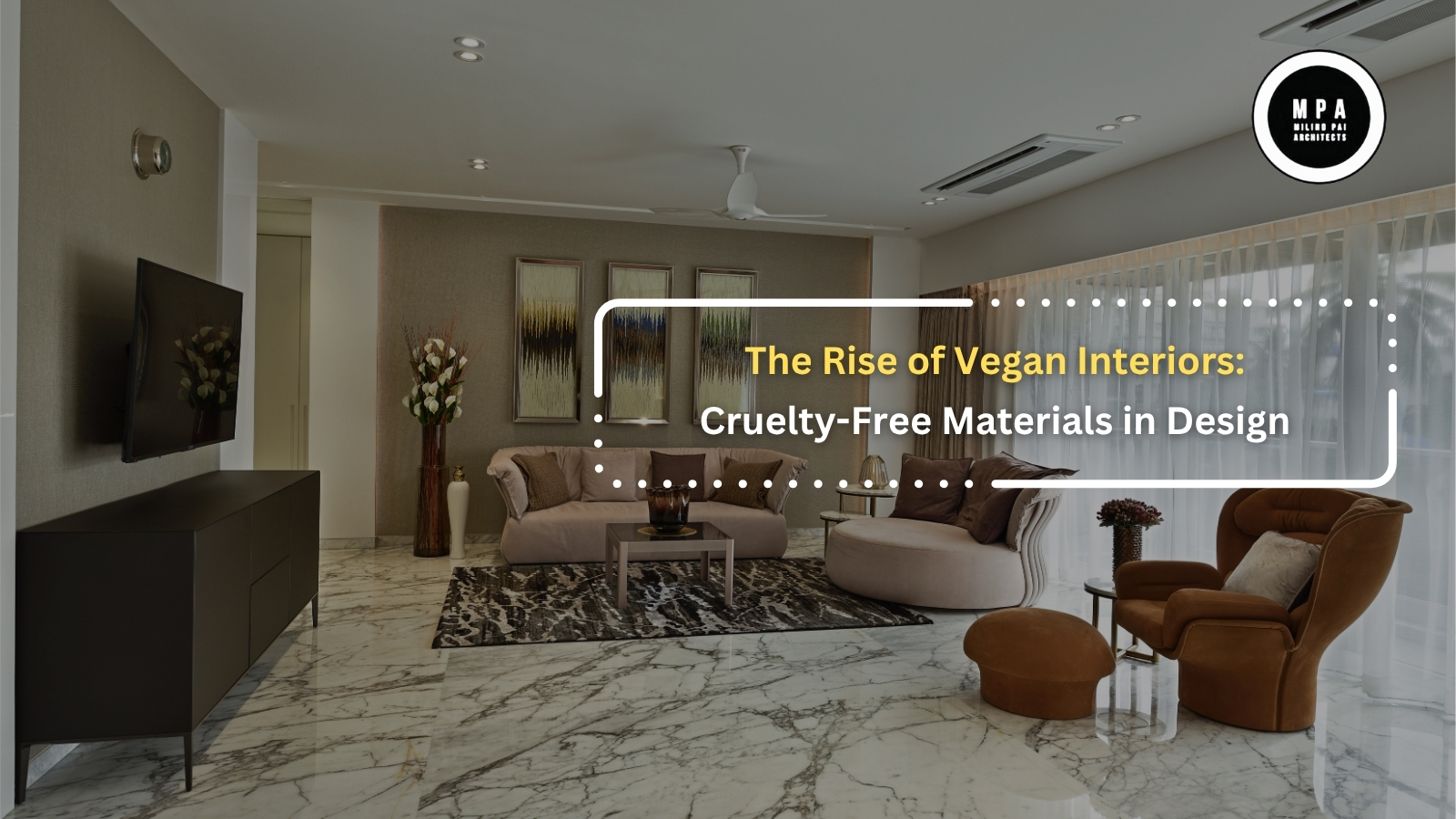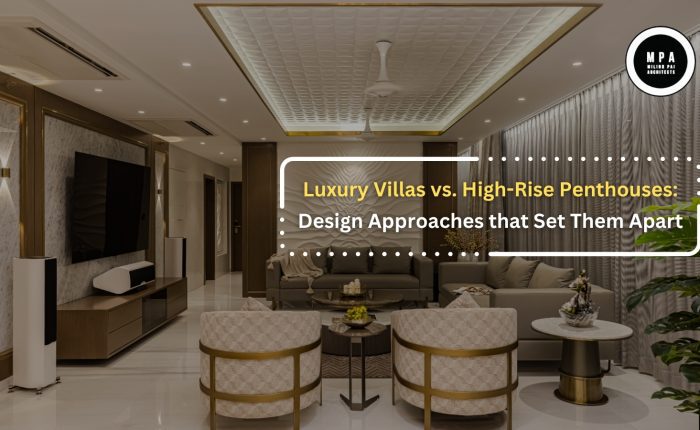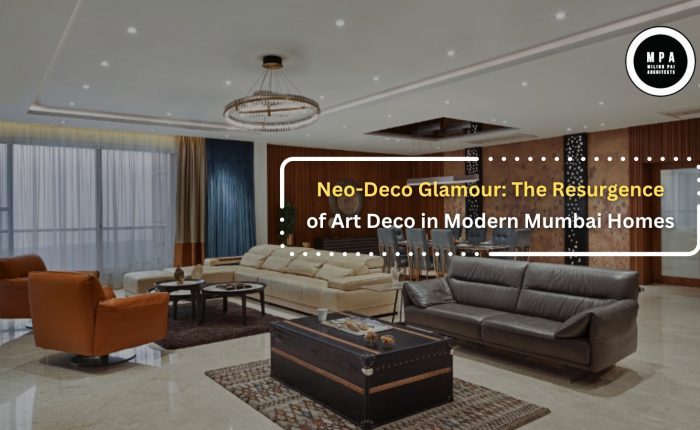As sustainability takes center stage in modern living, a growing number of homeowners are seeking not only eco-friendly spaces but also ethically designed ones. Enter vegan interiors—a conscious design movement that avoids animal-derived materials in favor of cruelty-free, sustainable alternatives. At Milind Pai Architects, we believe that luxury and compassion can beautifully coexist. Here’s how vegan interior design is transforming contemporary homes—and how you can embrace it without compromising on aesthetics or comfort.
What Are Vegan Interiors?
Vegan interior design is built on the principle of avoiding any products or materials that involve animal exploitation or cruelty. That means no leather, wool, silk, fur, or down feathers. Instead, it relies on high-quality, innovative alternatives that are not only animal-free but often more sustainable, breathable, and recyclable.
1. Vegan Leather Alternatives
Traditional leather, while luxurious, comes at an ethical and environmental cost. Today, a wide array of cruelty-free alternatives—such as Piñatex (made from pineapple leaves), mushroom leather (Mylo), or cactus leather—are leading the way. These plant-based materials offer the same elegance and texture as leather, but with a clear conscience.
Design Insight: Use vegan leather for upholstery, headboards, cushion covers, or sleek storage units to maintain a premium look.
2. Fabrics Without Animal Fibers
Wool, silk, and down are commonly used in home furnishings, but all are animal-derived. Fortunately, there are rich, durable substitutes like organic cotton, linen, bamboo silk, Tencel, or hemp. These fabrics are soft, breathable, and perfect for upholstery, drapes, and bed linens.
Design Insight: Go for layered textures—combine hemp drapes with organic cotton throws or use bamboo rugs for a stylish, sustainable vibe.
3. Cruelty-Free Flooring and Rugs
Avoid wool and leather rugs and opt for jute, seagrass, or recycled PET (plastic) rugs that offer texture, resilience, and warmth. For flooring, bamboo and reclaimed wood are vegan-friendly, biodegradable, and lend natural elegance to interiors.
Design Insight: Pair earthy-toned flooring with neutral vegan textiles for a serene, minimalist space.
4. Low-VOC and Plant-Based Paints
True vegan design considers even the finer details—such as paints, adhesives, and finishes, which may contain casein (milk protein) or animal-derived glycerin. Opt for plant-based, non-toxic paints and varnishes that are both eco- and animal-friendly.
Design Insight: These not only promote better air quality but also align with the holistic wellness goals of modern interior spaces.
5. Ethically Sourced Accessories
Many decorative items—such as silk cushion covers, fur throws, or horn artifacts—can be replaced with artisanal, cruelty-free alternatives. Think ceramic decor, reclaimed wood sculptures, glass installations, and handwoven baskets.
Design Insight: Focus on craftsmanship and texture rather than origin—your décor can be stunning and sustainable.
At Milind Pai Architects, we see vegan interiors not just as a trend, but as a progressive shift in the way we design and inhabit spaces. They embody empathy, innovation, and a commitment to a more conscious lifestyle—without sacrificing style or sophistication.
Choosing cruelty-free materials is a powerful way to reflect your values through your home. And in doing so, you’re not just designing spaces—you’re shaping a better future.
From Concept to Creation, Our Interior Designers Are Here to Make Your Dream Space a Reality. Call on +91 22 26732274 /+91 8082320002 / +91 22 49635698 and Get in Touch!



